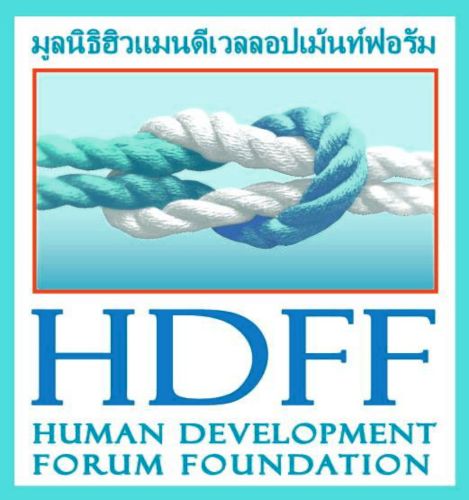Deep South
In October and November 2014, eleven people were killed and another 21 people were injured in the Deep South of Thailand in the three provinces of Narathiwat, Pattani, and Yala.
The affected districts in Narathiwat province include Rueso, Muang, Si Sakhon and Su-ngai Kolok. Pattani’s most dangerous districts during the last two months were Muang, Yarang, Yaring and Khok Pho district. People were injured and killed in Yala’s Yaha, Betong and Raman districts. Although most of the attacks occurred in Narathiwat, Yala saw the most fatalities in comparison to Narathiwat and Pattani in the past two months.
The chart below indicates the gender of the victims. There were significantly more males targeted in the attacks than women. Seventeen men were injured in the Deep South versus just four women, however, almost the same number from both genders died.
Civilians are the most frequently hit group in all of the three provinces.
In general, more people were killed by gunshots rather than explosives.
Peace talks, which started in August, are still ongoing. Thailand’s Prime Minister, Prayuth, traveled to Malaysia to continue with the peace process with his Malaysian counterpart Prime Minister Najib Razak. Both leaders aim to strengthen the relationship between Thailand and Malaysia, and to work together in stabilizing the border provinces. They hope to accomplish this through three principles; a period without violence; representation of all concerned parties; and a conclusion with all parties united in their demands. (The Nation)
Banners against the Thai government in Thai, English, and Yawi were seen, and small explosions were heard in the Deep South as PM Prayuth arrived in Kuala Lumpur for talks on the conflicts. (Bangkok Post)
Human Trafficking
In October, two Thai nationals were arrested for the trafficking of 53 men, most of them belonging to a stateless Muslim minority from western Myanmar. Another 79 people were found on a boat. Thailand is making little progress in its efforts to combat human trafficking and trafficking routes are still very active. In only one week, 130 trafficked people were found in the province of Phang Nga, north of Phuket. International organizations like Human Rights Watch have criticized Thailand’s efforts. Victims are mostly from the poorer neighboring countries without prospects for employment, money, or official papers. Men are usually forced into labor on fishing vessels or forced to beg for example; whereas women mostly work in domestic households or become victims of sexual exploitation. Victims of trafficking for sexual exploitation frequently include children. For example, at the beginning of November, about 20 Thai and Lao girls between 15 and 18 years were rescued from a karaoke bar in Don Tum district of Nakhon Pathom province. Some of the girls were in Thailand as tourists and were offered jobs from recruiters. (Bangkok Post, 14/10/2014)
Children begging can be seen everywhere in Bangkok, especially in tourist areas like the Khaosan Road. Most of them are from Burma/ Myanmar and their ages vary greatly. They work every day and during the night, but the money they earn is never sufficient to support their families. Not only are most of them far away from their parents and living in poverty, they are also victims of human trafficking and frequently subject to physical abuse from their captors. (Mairs, Sally: “The Exploited Kids Selling Roses to Tourists on Bangkok’s Khaosan Road”, 22/10/2014)
In many places in Southeast Asia people are captured and held in jungle camps until their relatives pay ransom for their release. As a result of ethnic violence in Myanmar, thousands of people have been left homeless or have fled only to live without access to education, employment or healthcare. These difficult conditions make it easier for smugglers to convince people to cross the border with the promise of a better life. “In January, two police raids in southern Thailand freed 636 people, about a third of them Bangladeshis – an ‘unprecedented’ number, said police.” Still thousands of people from Southeast Asia are held by a complex trafficking network within jungle camps in the south of Thailand, according to victims of trafficking. The guards at these camps treat the captives poorly, allowing them to starve, die of dehydration, or become victims of sexual violence. Most of the boats and crews involved in these transnational criminal activities are from Thailand. (Reuters, 22/10/2014)
To download the pdf version please click here: Monthly Security Report – October, November, 2014
For further information on separate attacks, please consult HDFF’s South Thailand Security Map: https://maps.google.com/maps/ms?msid=210050514500444605871.0004bf948a6668f516ba6&msa=0






Comments are closed